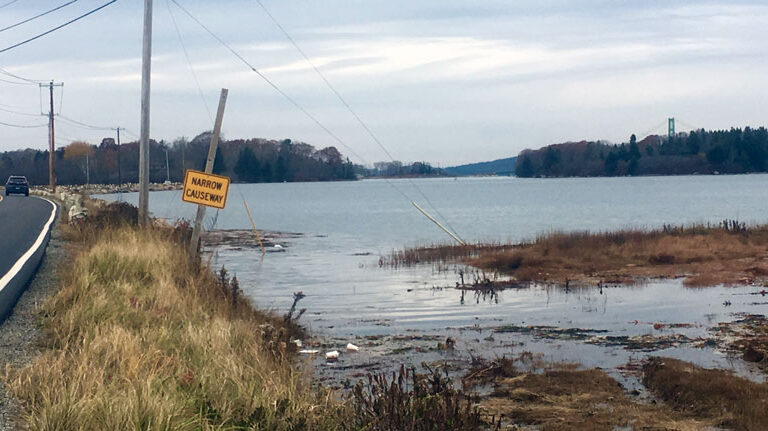The Hancock County town of Stonington is launching an economic resiliency strategy to complement its 2018 comprehensive plan and to proactively respond to current and future challenges and changes impacting the town’s ability to thrive as a year-round community.
The analysis and action plan was commissioned in the spring of 2022 by Town Manager Kathleen Billings and the board of selectmen from nationally-recognized Camoin Associates. The process included multiple sessions, beginning in August 2022 and continuing through early 2023, with diverse groups of residents and business owners.
“With the changes and threats to our $55 million dollar a year fishing industry, I know we have to be better prepared than we are now to face what’s next,” said Billings, herself a seventh generation islander.
“Stonington has always been resilient and able to roll with the punches. But our fishery and with it our year-round community are now facing some of the biggest challenges I’ve seen, and so are Maine’s other coastal communities,” she said. “We think Stonington can and should be a model for how to proceed differently.”
The town’s economic resiliency strategy is built on a clear-eyed understanding of Stonington’s many assets and strengths, and is prioritized by those things over which a municipal government has direct control (infrastructure, land use policies, governance) and significant influence (housing, local education), while also identifying areas where the municipality’s support can make a difference, such as business, workforce, and entrepreneurship.
The report identifies three core and six supporting strategies for building a more resilient community.
Core Strategies:
• Retain, attract, and educate a year-round population and workforce
• Support the “blue economy” (lobstering, fishing, clamming, small-scale aquaculture, marine trades)
• Maintain and invest in infrastructure and land use policies that support a resilient economy
Supporting strategies:
• Support workforce and education via housing strategies and recruitment
• Support entrepreneurship and identify opportunities for small businesses
• Develop the financial/fiscal capacity to support funding priorities, including a capital plan
• Build community capacity through governance and civic structures
• Develop more sustainable, longer-term visitation through arts, recreation, cultural heritage, and natural resource-based approaches
• Continue to develop Stonington’s communications and marketing ability, giving visibility to the town as Maine’s No. 1 port, uniquely branding its products and attracting funding/people/resources
“In the multiple sessions we held with residents, it became easy to identify an imperative for action,” said Linda Nelson, the town’s economic and community development director.
“Our increasing lack of capacity to support a local workforce and schools is turning Stonington into the seasonal community none of us ever wanted it to be, and that in turn is gutting services and opportunities for year round residents. It is a vicious cycle.”
Stonington’s economic resiliency strategy includes the framework for a capital budget plan and priorities to be used for the town to aggressively pursue funding resources.
The budget framework is aligned with the town’s comprehensive plan as well as a 2019 sea-level rise adaptation report created for the town by GEI Engineering. It includes five high priority actions in areas including increased access to Stonington’s working waterfront; the development of low-to-moderate income housing; increasing water company capacity and storage; transportation infrastructure remediations for climate resilience; and the prioritization and planning for new commercial areas and activity.
“Stonington is a remarkable Maine place,” noted Jim Damicis, founding partner of Camoin Associates and the lead consultant on the project.
“Facing issues impacting communities everywhere as well as those unique to coastal communities including climate change, sea-level rise, housing, and workforce, this small island community is taking action to be future ready and resilient. Stonington is critical to Maine’s future in the blue economy.”
More than 50% of the 80-page strategy document contains the data analyses on demographics, jobs, incomes, and more on which the strategy recommendations are based and which can be used by the town in future funding requests.
The full report is available at www.stoningtonmaine.org.





